The Rise of Electric Vehicles in India: India’s automotive landscape is undergoing a paradigm shift as electric vehicles (EVs) make their mark in the country’s transportation sector. With a staggering 1.94 million EVs sold in 2024, averaging 5,315 units daily, the Indian EV market has demonstrated remarkable growth, achieving a 26.5% increase compared to the previous year. This significant milestone not only highlights India’s commitment to sustainability but also reflects the growing consumer acceptance of green mobility solutions.
In this comprehensive analysis, we delve into the key factors that have contributed to this growth, the challenges faced by the industry, and the road ahead for India’s EV revolution.
India’s EV Market: Key Statistics and Growth Trends
The Indian EV market has seen consistent growth in recent years, driven by favorable government policies, evolving consumer preferences, and technological advancements. Below is a snapshot of key statistics that define the EV industry in 2024:
| Metrics | 2023 | 2024 | Change (%) |
|---|---|---|---|
| Total EV Units Sold | 1.53 million | 1.94 million | +26.5% |
| EV Market Penetration | 6.39% | 7.46% | +16.8% |
| Gasoline-Powered Vehicles Sold | 20.13 million | 19.18 million | -4.7% |
| Diesel Models Sold | 3.01 million | 2.62 million | -12.96% |
| Other Fuel Types (CNG/Hybrids) Sold | 2.57 million | 2.57 million | No Change |
Market Penetration and Consumer Trends
- EV market penetration increased from 6.39% in 2023 to 7.46% in 2024, signaling a gradual shift towards greener alternatives.
- The ratio of traditional fuel-powered vehicles (gasoline, diesel, or hybrid) to EVs improved significantly from 15.67:1 in 2023 to 12.43:1 in 2024, reflecting changing consumer preferences.
Drivers of EV Growth in 2024
1. Government Policies and Incentives
India’s EV market has been significantly influenced by favorable government policies, such as the E-DRIVE scheme. This initiative restored subsidies for electric three-wheelers in the cargo segment, boosting sales and encouraging commercial adoption of EVs. Additionally, state-level incentives and tax benefits have made EVs more affordable for individual consumers.
2. Technological Advancements
Advancements in battery technology, such as lithium-ion batteries with improved energy density and faster charging capabilities, have made EVs more reliable and convenient. The development of solid-state batteries and other innovations promises further improvements in range and charging times.
3. Increased Awareness of Sustainability
Growing awareness of environmental issues, coupled with the global push for carbon neutrality, has prompted Indian consumers to embrace EVs as a sustainable alternative. Educational campaigns and media coverage have also played a crucial role in changing public perception.
4. Collaborative Efforts by Automakers
Leading automotive brands such as Tata Motors, Hyundai, Mahindra, MG, Kia, and Maruti Suzuki have committed to expanding their EV portfolios. These companies plan to launch a variety of zero-emission vehicles in 2025, catering to different market segments.
5. Peak Seasonal Demand
Festive seasons and targeted subsidies contributed to the highest monthly sales in October 2024, with 2,19,482 units sold. This surge highlights the importance of aligning sales strategies with cultural and seasonal buying patterns.
Electric Vehicles: Top Upcoming EVs to Watch (2025 and Beyond)
Segment-Wise Breakdown of the EV Market
1. Passenger Vehicles
Passenger EVs account for a significant portion of total EV sales. With automakers introducing affordable options alongside premium models, consumers now have a wide range of choices to suit their needs.
2. Two-Wheelers
Two-wheelers dominate the Indian EV market, owing to their affordability and practicality. Brands like Ola Electric, Ather Energy, and Hero Electric have gained significant traction.
3. Three-Wheelers
The cargo segment, supported by schemes like E-DRIVE, has seen a substantial uptick in sales. Electric rickshaws are becoming increasingly popular in urban and semi-urban areas.
4. Commercial Vehicles
EV adoption in the commercial vehicle segment is gaining momentum, with companies exploring electric buses and trucks for public transportation and logistics.
India’s EV Market in a Global Context
India ranks among the fastest-growing EV markets globally. While the country’s penetration rate is lower than that of China or Europe, it is catching up rapidly. The following factors highlight India’s potential to emerge as a global leader in the EV sector:
- Large Domestic Market: India’s vast population provides a significant demand base for EVs.
- Export Potential: With lower production costs, India has the opportunity to become a hub for EV exports.
- Government Initiatives: Programs like FAME II (Faster Adoption and Manufacturing of Hybrid and Electric Vehicles) aim to create a robust ecosystem for EV production and adoption.
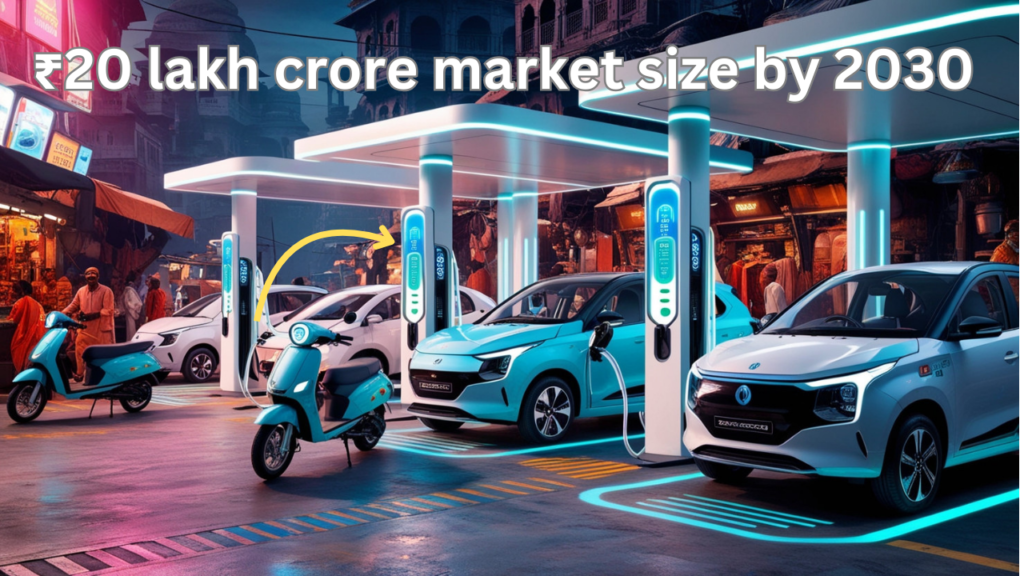
Challenges Facing India’s EV Industry
Despite its impressive growth, the Indian EV market faces several challenges:
1. Infrastructure Gaps
The lack of a widespread charging infrastructure remains a significant barrier. Investments in public charging stations and fast chargers are essential to support the growing EV population.
2. High Initial Costs
While operating costs for EVs are lower than traditional vehicles, their upfront costs are still high. Government subsidies and financing options can help bridge this gap.
3. Supply Chain Issues
India currently relies on imports for key components such as lithium-ion batteries. Establishing a domestic supply chain is critical for reducing dependency on imports.
4. Consumer Misconceptions
Concerns about range, charging times, and battery life continue to deter some potential buyers. Educational campaigns and transparent information can help address these misconceptions.
Future Outlook for the Indian EV Market
Projected Growth
- The EV market is expected to achieve a ₹20 lakh crore market size by 2030, creating approximately 5 crore jobs across the value chain.
- The EV financing market is projected to reach ₹4 lakh crore by 2030, facilitating easier access to electric vehicles.
Technological Innovations
- Continued advancements in battery technology will drive down costs and improve performance.
- Smart EVs equipped with AI and IoT features will redefine the consumer experience.
Policy Support
- Strengthening of local manufacturing capabilities under initiatives like “Make in India” will reduce import dependence.
- Collaboration between public and private sectors will ensure the development of charging infrastructure and other critical elements.
The Rise of Electric Vehicles in India: Conclusion
The year 2024 has been a landmark year for India’s EV industry, setting the stage for a sustainable future. With record sales, favorable policies, and increasing consumer awareness, the country is on track to become a global leader in green mobility. However, addressing infrastructure gaps, reducing costs, and promoting technological innovation will be crucial to maintaining this momentum. As India moves toward achieving a ₹20 lakh crore EV market by 2030, the sector promises not only environmental benefits but also significant economic growth and job creation.
The Rise of Electric Vehicles in India: FAQs
1. What is the market penetration of EVs in India as of 2024?
The market penetration of EVs in India reached 7.46% in 2024, up from 6.39% in 2023.
2. Which automakers are leading the EV revolution in India?
Automakers like Tata Motors, Hyundai, MG, and Mahindra are spearheading the EV revolution with innovative models and technologies.
3. How does India’s EV market compare globally?
India is among the fastest-growing EV markets globally, with significant potential for domestic growth and exports.
4. What challenges does the EV industry face in India?
The industry faces challenges like inadequate charging infrastructure, high initial costs, and reliance on imported components.
5. What is the projected market size of India’s EV sector by 2030?
The EV sector in India is projected to reach a market size of ₹20 lakh crore by 2030.



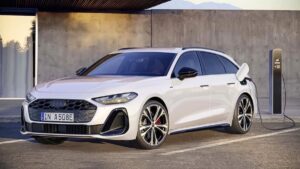


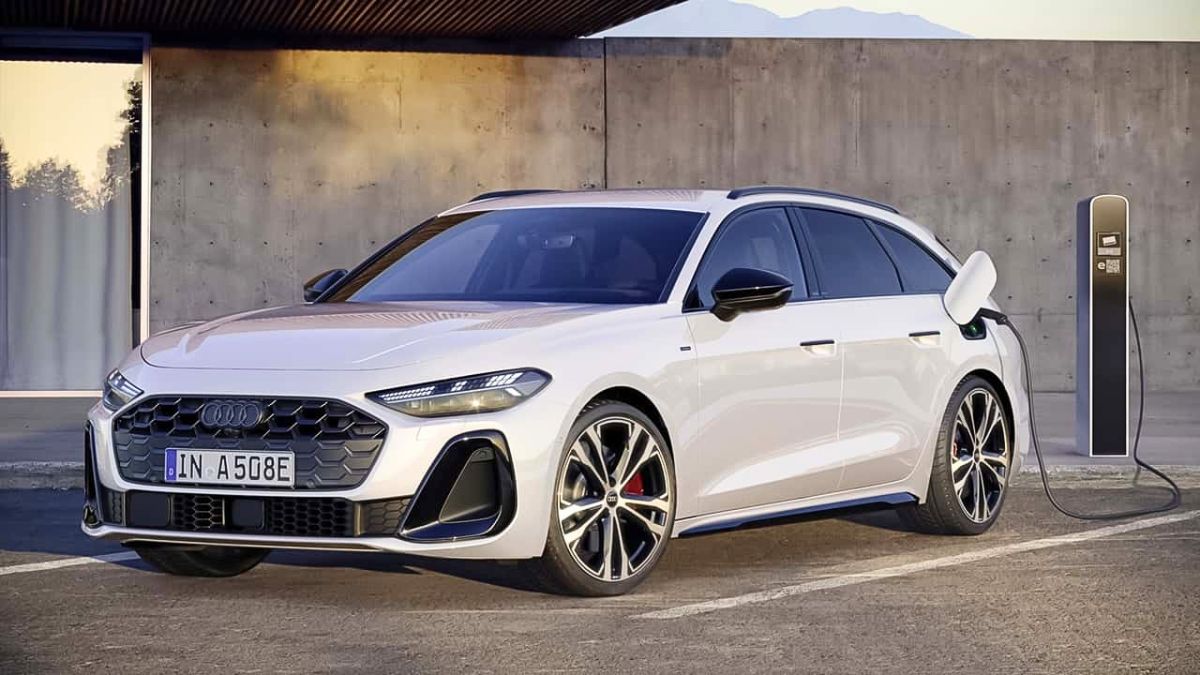

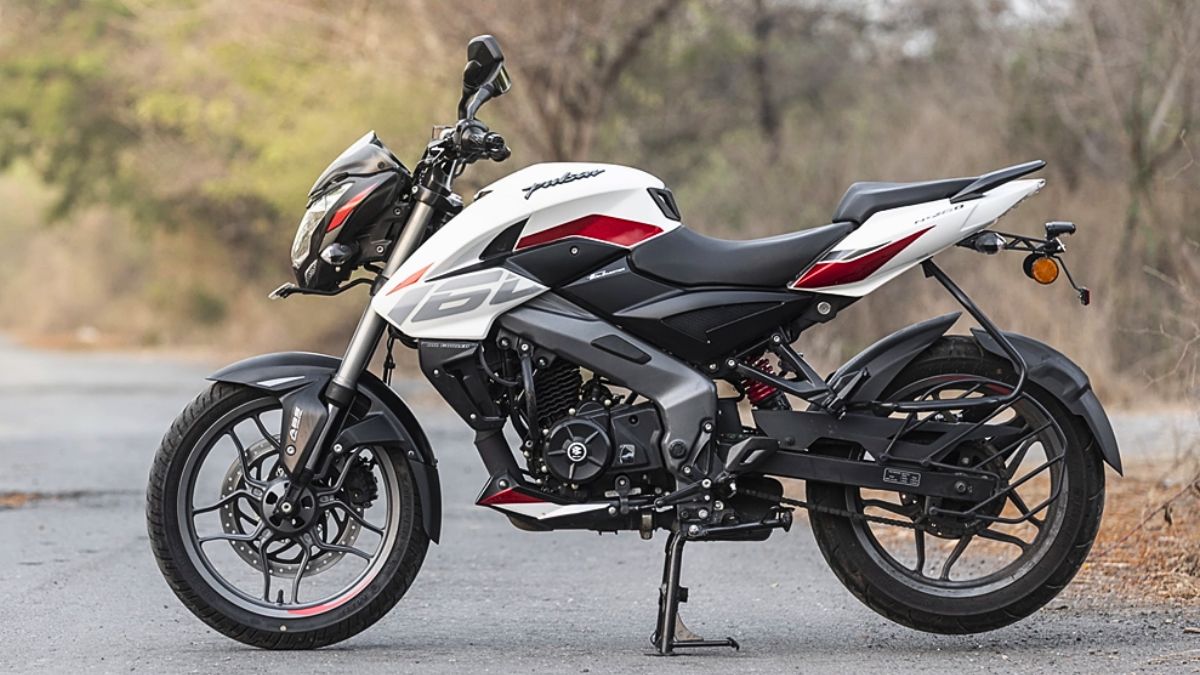
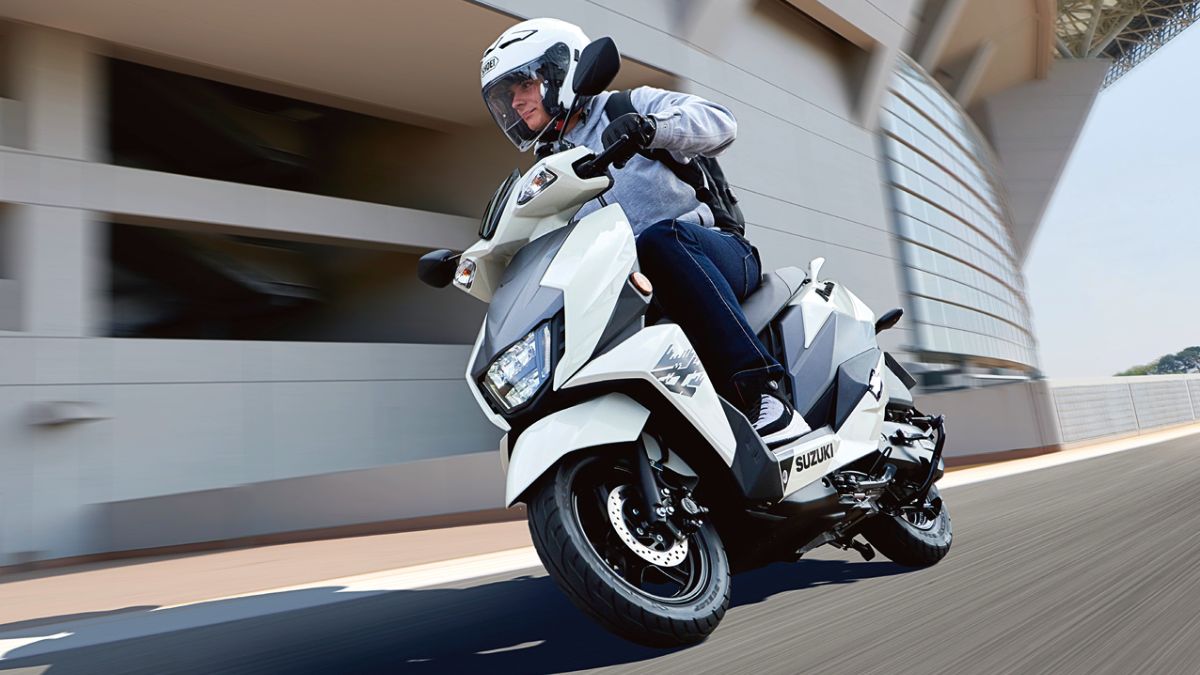
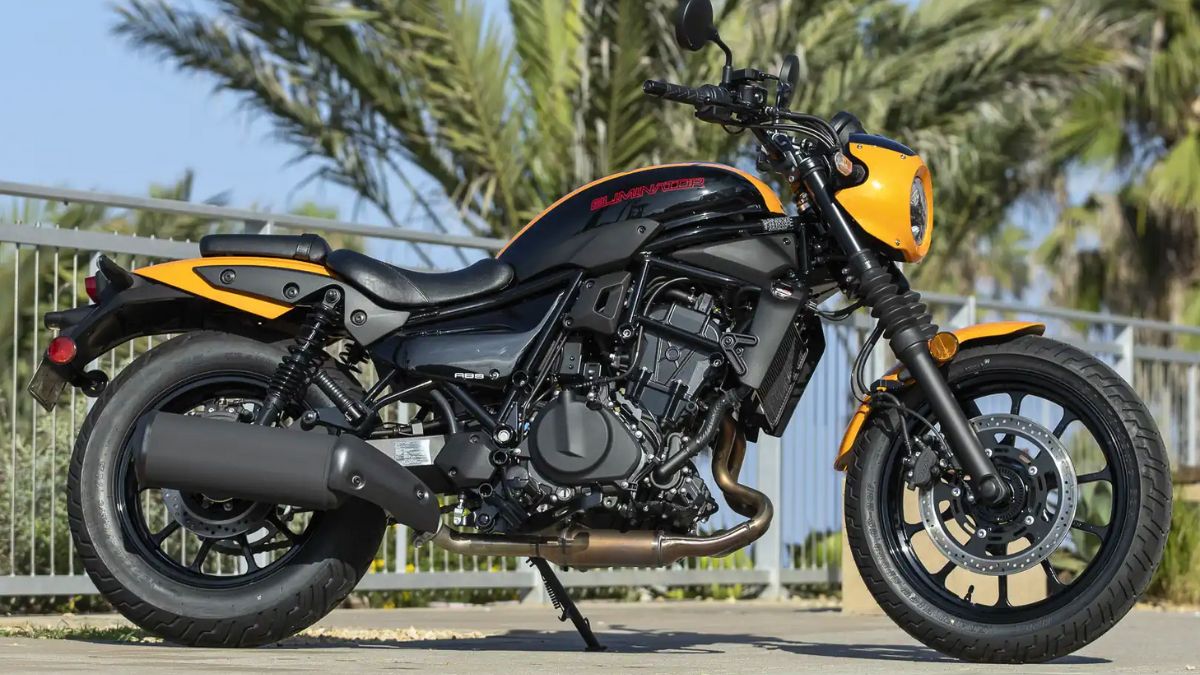
1 thought on “The Rise of Electric Vehicles in India: A Milestone Achieved in 2025”